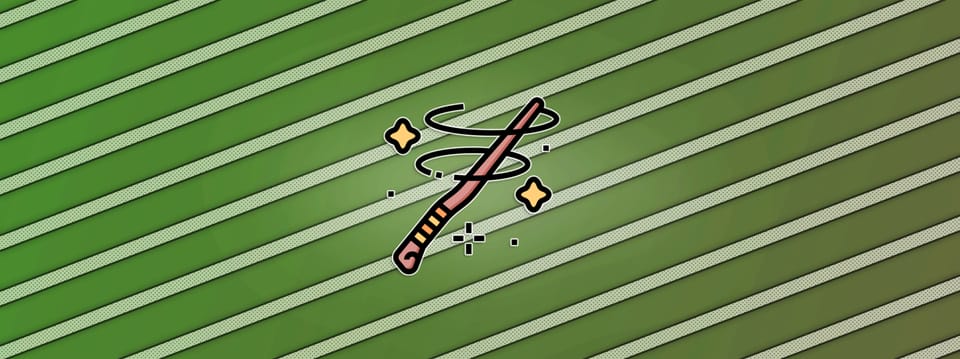How To Create A Sense Of Depth In Your Composite
⭐ An important part of your job as a compositor is to make 2D images look and feel real and three-dimensional to the audience. And to build believable composites you need to be able to recreate the sense of depth…

⭐ An important part of your job as a compositor is to make 2D images look and feel real and three-dimensional to the audience. And to build believable composites you need to be able to recreate the sense of depth…
This is a Companions Exclusive Tutorial
Or
In this deep dive tutorial we will examine all of the different visual depth cues in detail, and walk through how to create a realistic sense of scale, space, and distance to objects in your 2D images in Nuke.
Our Depth Perception
We humans can perceive depth, or the distance to objects, in many different ways.
Sound is an important cue; you can hear if a bus is driving by close to you or far away, for example. You can also feel the difference in the vibrations in the road you're standing on, or the displaced air being pushed against you as the bus drives by next to you. Temperature can be another cue; you can feel how close you are to a bonfire, for example.
However, visual cues contribute the most to our depth perception by far, and they are the ones you'll be working with on a daily basis as a compositor.
Interpreting The Third Dimension
When we look at something around us in the real world, the three-dimensional scene is projected through our eyes and onto our retinas as two-dimensional images – one image for each eye.
It’s up to our visual system to ‘recover’ the missing third dimension: depth.
It does that by interpreting a number of visual depth cues, including:
The observed physical phenomena related to depth in the scene.
The differences between the images obtained by each eye.
The so called oculomotor cues – our ability to sense the position of our eyes and the tension in the eye muscles.
Together, all these signals of depth information let our brain estimate distances to the objects we see.
We can split the visual depth cues into two main categories: binocular depth cues (only possible to perceive using both eyes) and monocular depth cues (possible to perceive with a single eye, and/or in 2D images).
💡 Binocular: from Latin bini ‘two together’ + oculus ‘eye’.
Monocular: from Greek monos ‘alone, single’ + from Latin oculus ‘eye’.



